Plants add color, texture and beauty to your home and yard, but some of those plants are toxic for your pets, so beware of these 10 plants. Note: If you suspect your pet may have ingested a potentially toxic substance, contact your veterinarian as soon as possible.
10 Plants That Are Toxic for Your Pet
Signs Your Pet Has Eaten a Poisonous Plant
While the specific signs might vary depending on what your pet has ingested, there are some signs you should always be concerned about. Vomiting, lethargy, diarrhea, drooling, and tremors are common poisoning symptoms. If you notice any symptoms you need to act quickly; some of these plants are fatal even in small doses.
What to Do If Your Pet Eats a Poisonous Plant
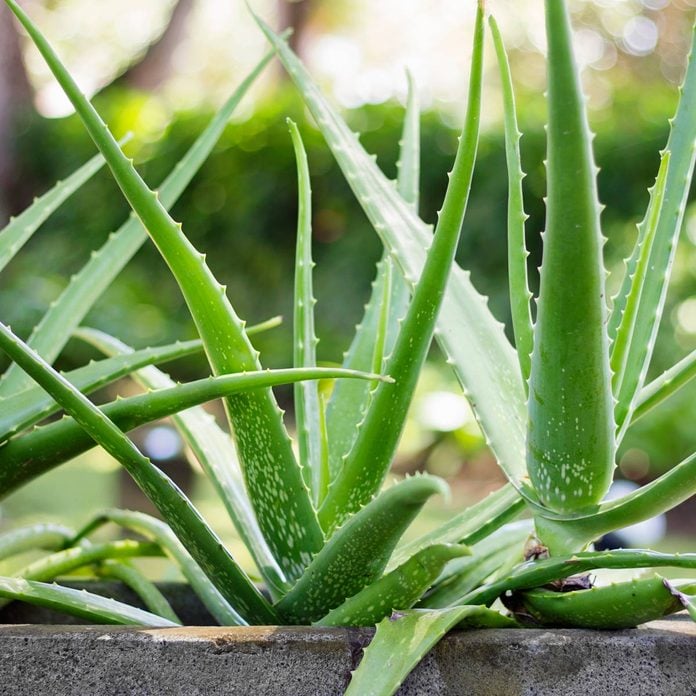
Aloe Vera
You may like to keep an aloe vera plant around to treat sunburns, but The American Society for the Prevention of Cruelty to Animals (ASPCA) says aloe vera is a hazard to your pets. It can cause vomiting, lethargy and diarrhea in both cats and dogs. And, according to Rover.com, “Topical use of the gel found inside the leaves is no problem, but there are other proponents of the plant that can irritate the digestive system if ingested.”
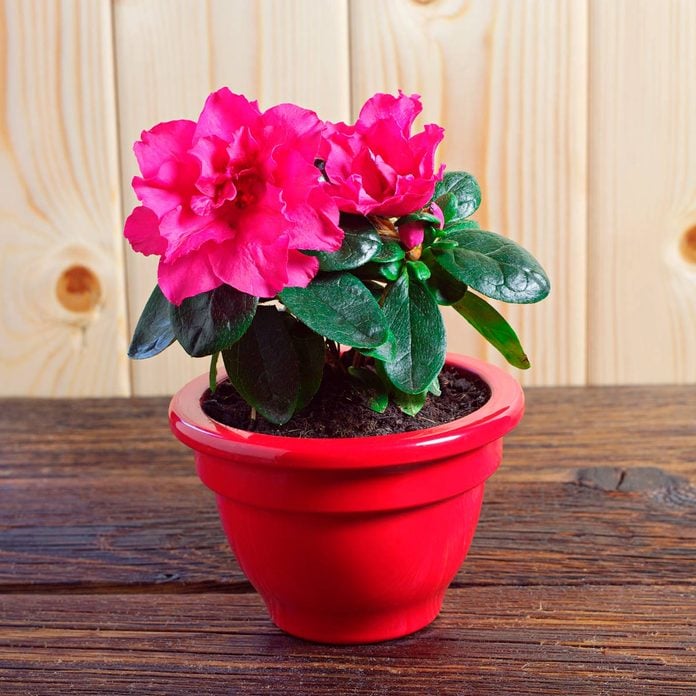
Azaleas
Whether indoors or out, azaleas are toxic to both dogs, cats and reptiles. “Even ingesting just a few azalea leaves can cause oral irritation with subsequent vomiting and diarrhea in cats. In severe cases, ingestion can cause a drop in blood pressure, heart arhythmias, coma and death,” notes petMD.
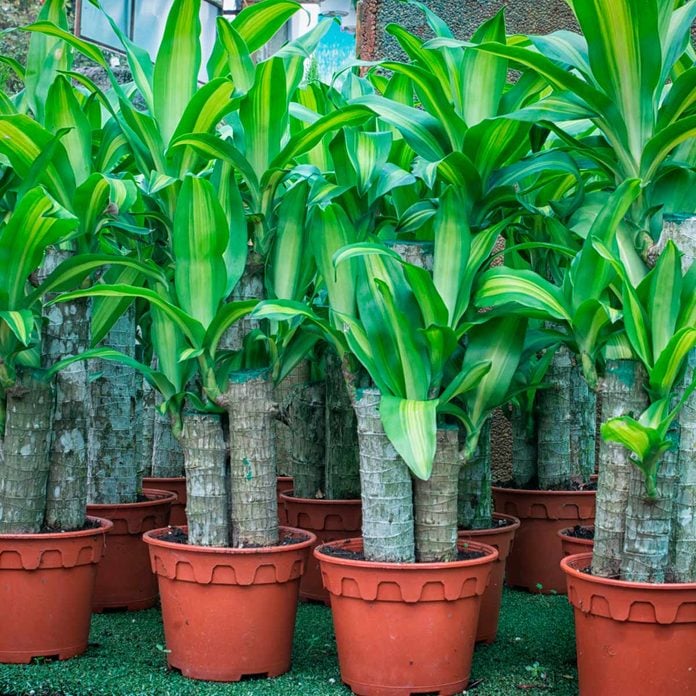
Dracaena Fragrans
Also known as the “corn plant,” dracaena fragrans is a popular houseplant that is toxic to pets, including cats and dogs, according to the ASPCA. When ingested, the plant can cause vomiting (occasionally with blood), depression, anorexia, hyper-salivation and, in cats, dilated pupils.
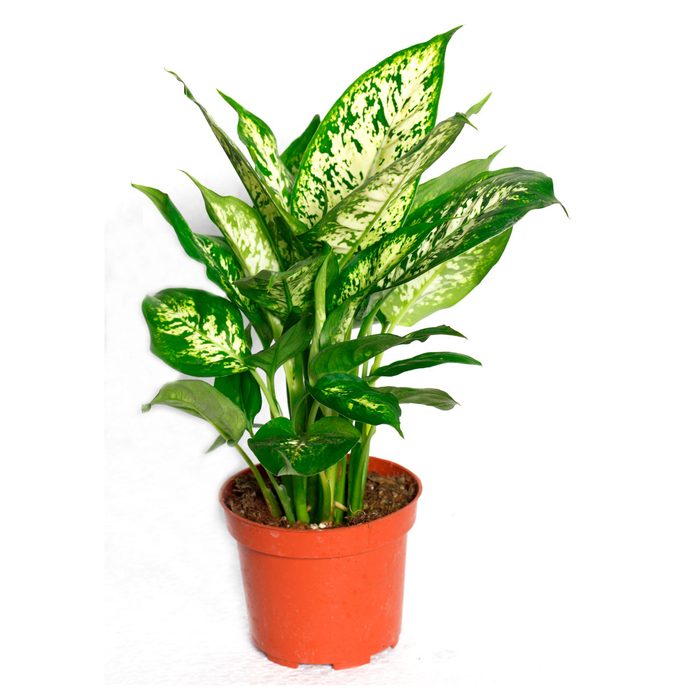
Dieffenbachia
Toxic to both cats and dogs, dieffenbachia, also known as “dumb cane,” can cause oral irritation, intense burning and irritation of the mouth, tongue and lips, excessive drooling, vomiting and difficulty swallowing, according to the ASPCA. “Ingestion of dieffenbachia is rarely fatal but very unpleasant for cats,” notes petMD. Be sure to keep it away from your pets.
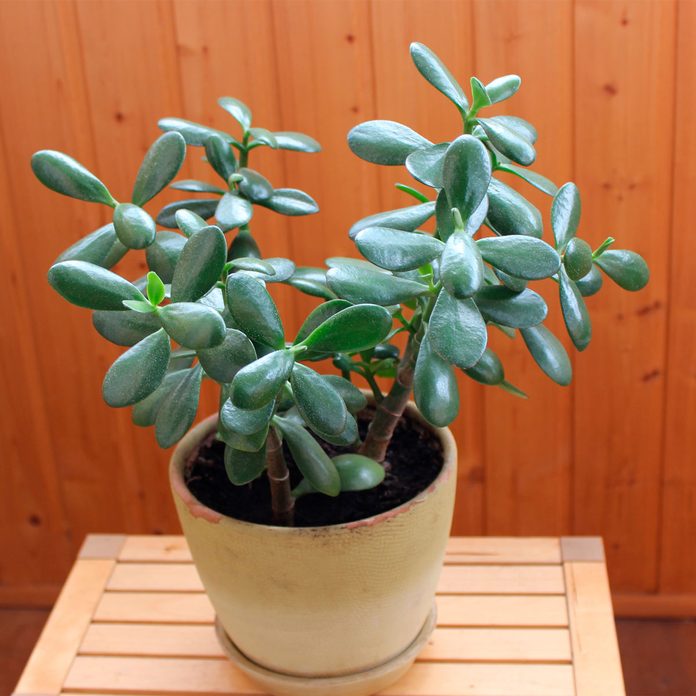
Jade
Jade, or crassula argentea, is known for being an easy-to-care-for plant, but it is toxic to pets, including cats and dogs according, to the ASPCA. Not only can the plant cause vomiting in both animals, Rover.com notes it can cause a slow heart rate and depression in dogs.
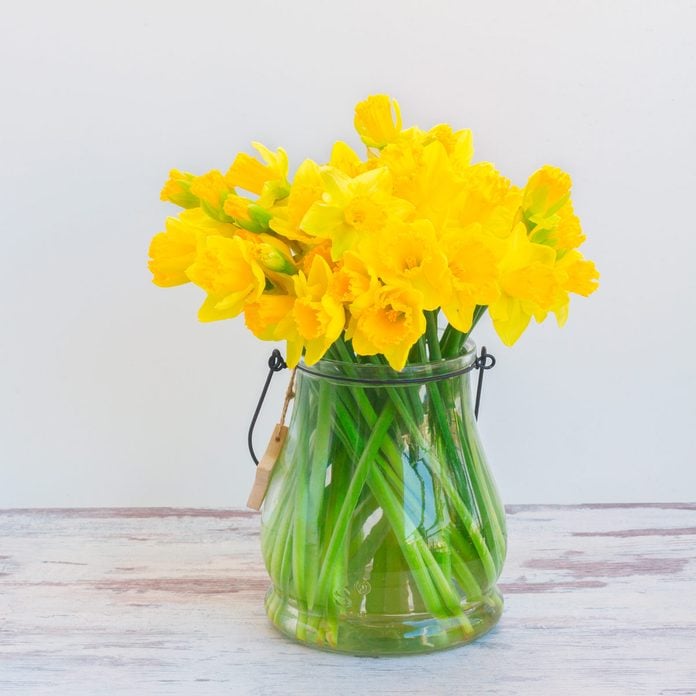
Daffodils
A favorite spring flower in beds outside or to show off inside both in pots and vases, daffodils are toxic to not only cats and dogs, but also reptiles. The ASPCA says the bulbs are the most poisonous. If your pet ingests it, symptoms can includes vomiting, salivation, diarrhea, low blood pressure, tremors and cardiac arhythmias.
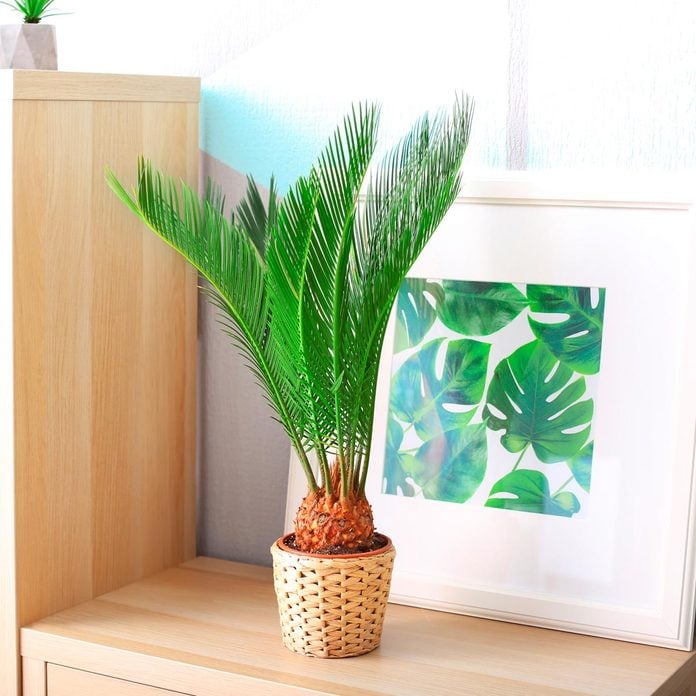
Sago Palm
“Also known as the coontie palm, or the cardboard palm, the sago palm is an extremely poisonous plant to cats,” notes petMD. “When ingested, it can cause bloody vomiting and diarrhea, bleeding disorders, liver failure, and death.” The ASPCA also notes the plant is poisonous to dogs, causing the same symptoms, so keep it away from your pets.

Tulips
The whole tulip plant is toxic to both cats and dogs, says the ASPCA. In cats, “Ingestion can cause significant oral irritation, excessive drooling and nausea. Unless large quantities of the bulb are eaten, which is unlikely in cats, tulip ingestion should not be fatal,” says petMD. Don’t forget to check out these pet-safe houseplants.
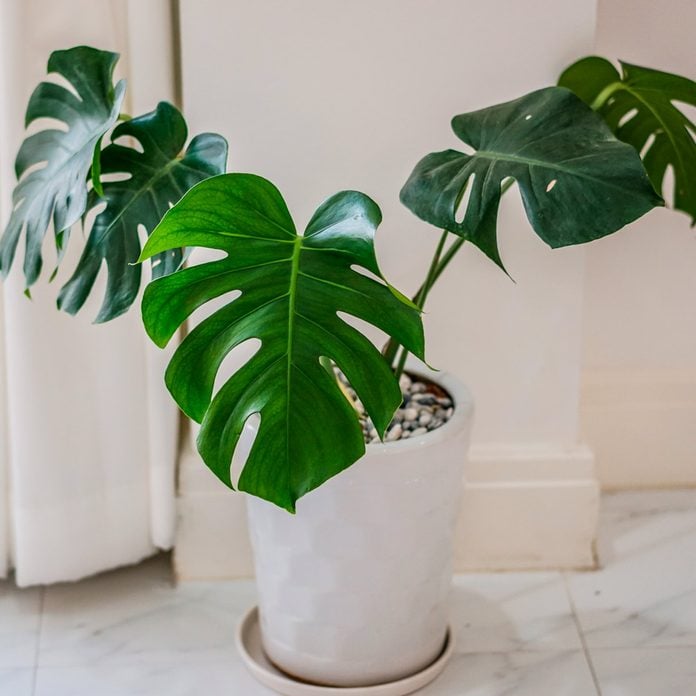
Philodendron
“Philodendron is a popular pick for its low-maintenance needs, but if ingested, can result in swelling and burning of the mouth and tongue as well as digestive issues, spasms, and even seizures,” when it comes to dogs, notes Rover.com. There are several varieties of Philodendron, which the ASPCA has on its toxic list for both cats and dogs.
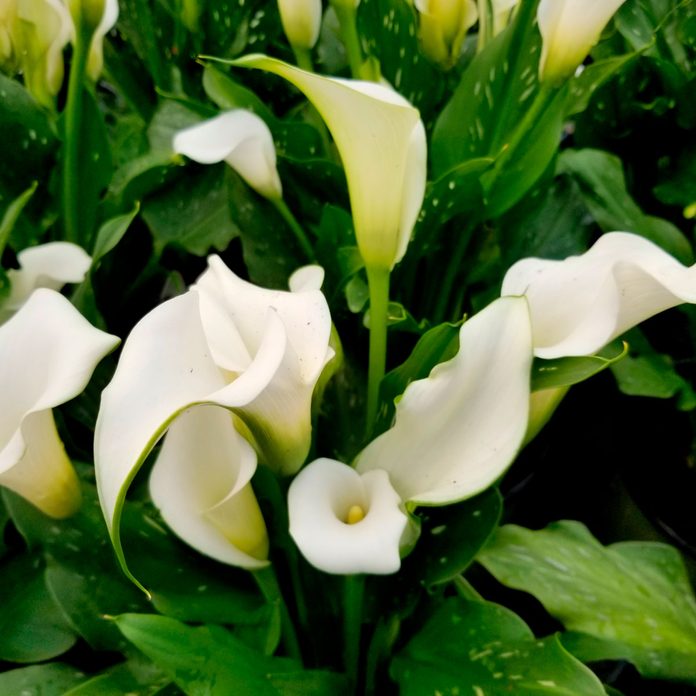
Lily
Several varieties of lily are toxic to pets, including the calla lily, which is toxic to reptiles, according to Reptiles magazine. “Many different species of flowering plants are commonly referred to as lilies. Those included in the genus Lilium, like Easter lilies, Asiatic lilies, and tiger lilies, cause severe kidney failure in cats that ingest even a small amount of the plant,” notes petMD.
